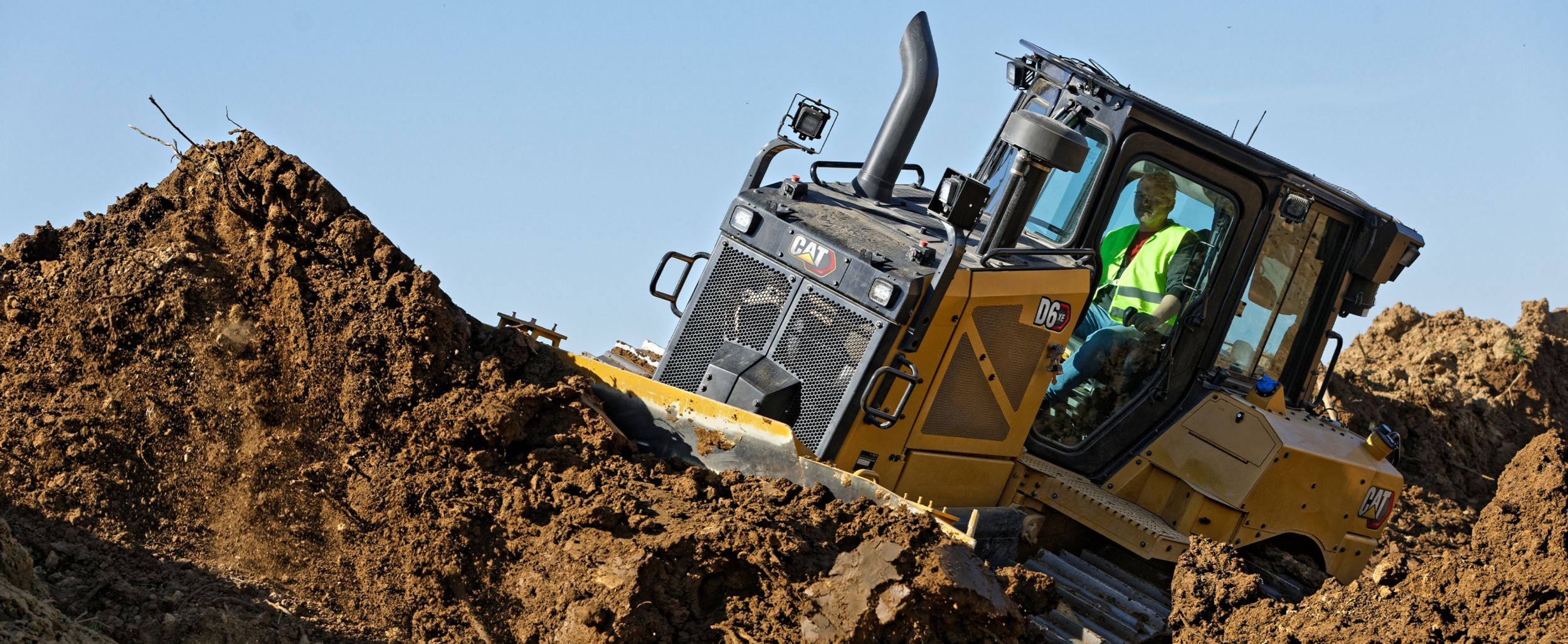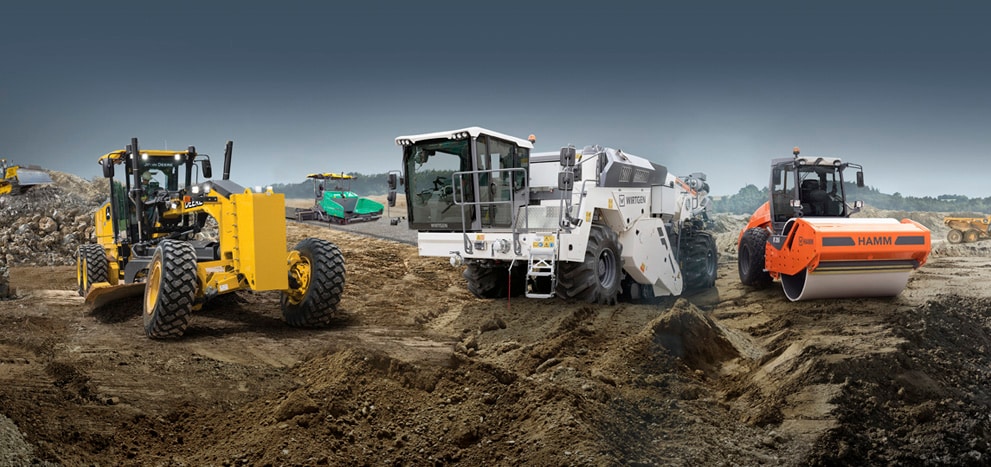Streamline Procedures: Optimize Your Fleet with Aftermarket Construction Equipment Parts
Streamline Procedures: Optimize Your Fleet with Aftermarket Construction Equipment Parts
Blog Article
Frequently Used Building And Construction Devices Components Explained

Excavator Bucket
When thinking about the functionality of an excavator, the excavator container plays a critical function in its overall performance and efficiency. The excavator bucket serves as the main accessory for digging, lifting, and transferring materials on building and construction sites - Aftermarket Construction Equipment Parts. These containers can be found in different forms and dimensions, each created for specific jobs such as trenching, grading, or durable digging
The product of the excavator container is generally constructed from set steel to endure the extreme conditions of building work. The cutting side of the container is enhanced to enhance resilience and reducing performance. Furthermore, some pails include replaceable teeth or edges to guarantee simple upkeep and prolonged use.
The dimension of the excavator pail directly impacts the equipment's efficiency (Aftermarket Construction Equipment Parts). Larger containers are suitable for moving bulk materials promptly, while smaller buckets use precision in tight rooms. Picking the appropriate container size for the job at hand is crucial for taking full advantage of efficiency and completing tasks effectively
Excavator Blade
The excavator blade is an important element of a bulldozer's tools, critical for numerous earthmoving and leveling jobs on construction sites. This big, rounded blade attached to the front of the excavator is developed to push products like dirt, debris, or sand. Excavator blades can be found in different types, such as straight blades for fine grading and sloping, U-blades for carrying big lots, S-blades for enhanced rolling of products, and mix blades for flexibility in different tasks. The angle and position of the blade can normally be readjusted hydraulically, permitting for efficient control and precision throughout operation.

Crane Hook
The crane hook, similar to the bulldozer blade in its performance and importance on building websites, serves as a crucial element of crane tools for lifting and moving hefty materials. This vital component is generally affixed to the end of the crane's cord rope to provide a safe and secure connection factor for the load. Crane hooks are designed to hold up against immense weights, ensuring the security of both the drivers and the materials being raised.
The shape of the crane hook is meticulously crafted to avoid the tons from sliding off during transportation. Different kinds of crane hooks are available to fit numerous lifting needs, such as C-hooks, S-hooks, and 3 or 4-prong hooks. The size and weight capability of the crane hook must be thoroughly matched to the crane's requirements to guarantee optimal efficiency and safety.
Normal evaluation and upkeep of the crane hook are important to avoid accidents and guarantee smooth procedures on the construction website. Any signs of deterioration should be without delay dealt with to stay clear of potential threats during raising operations.
Backhoe Boom
A vital component of backhoe devices that plays a pivotal role in excavation and material handling is the backhoe boom. The backhoe boom is the large, extendable arm located on the back check it out of the device that is accountable for lifting, moving, and digging. Normally, it is affixed to the rear of the backhoe's framework and can be raised or decreased making use of hydraulic cyndrical tubes. The backhoe boom is essential for getting to deep right into trenches or high in the air to do different jobs effectively.
Constructed from resilient materials such as steel, the backhoe boom is designed to endure heavy lots and extreme workplace. It is typically equipped with a pail or other attachments at the end to assist in digging, training, and bring materials. The convenience of the backhoe boom makes it a useful device for construction, landscape design, farming, and various other markets where excavation and product handling are required. Proper maintenance and procedure of the backhoe boom are necessary to make sure safety at work site and lengthen the devices's lifespan.
Dump Truck Bed
Positioned behind a dump truck chassis, the dump vehicle bed functions as the key container for moving and discharging various materials on construction websites. These beds come in various dimensions and shapes, depending on the certain requirements of the project - Aftermarket Construction Equipment Parts. Normally made of steel to stand up to harsh materials and hefty tons, discard truck beds are made to be resilient and resilient
Dump vehicle beds are hydraulically run, permitting them to turn and discharge their materials easily. This mechanism enables fast and efficient unloading of materials such as gravel, sand, dust, or particles at the wanted area. The ability to rapidly deposit materials makes dump associate beds important in building and construction tasks where time is of the significance.
Furthermore, dispose vehicle beds can be customized with functions such as side expansions, tarp systems, and tailgates to enhance their performance. These enhancements assist in protecting the tons during transportation and stopping splilling, ensuring a effective and secure transport procedure on building websites.
Verdict
Finally, comprehending the features and components of frequently utilized building devices parts is vital for successful task completion. Excavator pails, bulldozer blades, crane hooks, backhoe booms, and dispose truck visit homepage beds all play important roles in different building and construction tasks. By acquainting oneself with these equipment components, building and construction professionals can efficiently use them to boost effectiveness and productivity on the work site.
The excavator pail serves as the main add-on for digging, training, and carrying products on building and construction sites.The product of the excavator container is usually made of solidified steel to endure the rough problems of building work.Excavator blades are crucial for developing level surface areas, getting rid see of debris, and pushing materials throughout building and construction jobs.The crane hook, a lot like the excavator blade in its capability and relevance on building sites, serves as a crucial part of crane tools for training and transferring heavy materials.Placed at the back of a dump truck chassis, the dump vehicle bed serves as the primary container for delivering and dumping different materials on construction sites.
Report this page